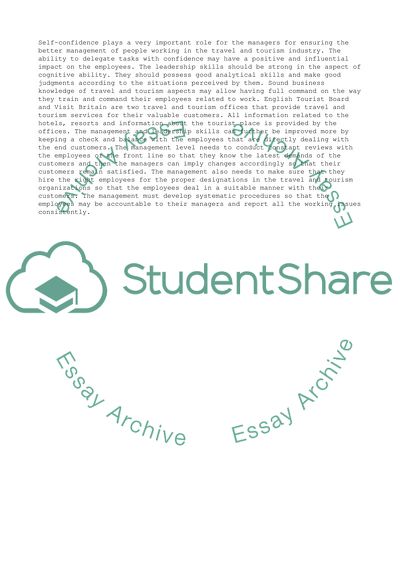Cite this document
(The Travel and Tourism Industry and Top Management Coordinating Research Paper, n.d.)
The Travel and Tourism Industry and Top Management Coordinating Research Paper. Retrieved from https://studentshare.org/management/1747215-management-perspectives-in-travel-and-tourism
The Travel and Tourism Industry and Top Management Coordinating Research Paper. Retrieved from https://studentshare.org/management/1747215-management-perspectives-in-travel-and-tourism
(The Travel and Tourism Industry and Top Management Coordinating Research Paper)
The Travel and Tourism Industry and Top Management Coordinating Research Paper. https://studentshare.org/management/1747215-management-perspectives-in-travel-and-tourism.
The Travel and Tourism Industry and Top Management Coordinating Research Paper. https://studentshare.org/management/1747215-management-perspectives-in-travel-and-tourism.
“The Travel and Tourism Industry and Top Management Coordinating Research Paper”, n.d. https://studentshare.org/management/1747215-management-perspectives-in-travel-and-tourism.


